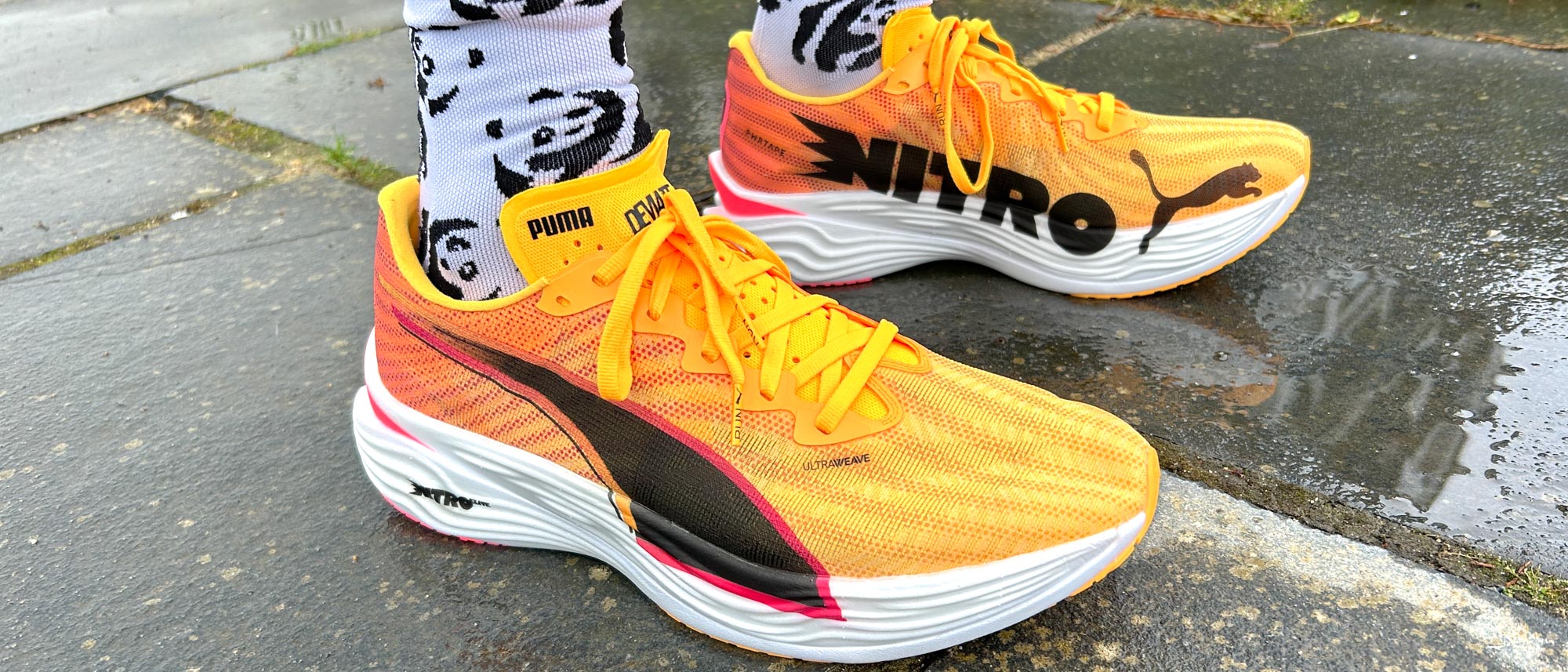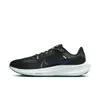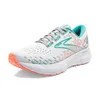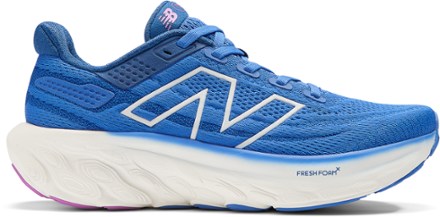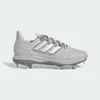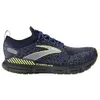Tom's Guide Verdict
The Puma Deviate Nitro Elite 3 is the best carbon plate running shoe Puma has released to date. It has all the key features of a modern super-shoe, with a high stack of bouncy foam in the midsole along with a carbon plate, and it’s very light. While I still prefer some other carbon shoes, the Deviate Nitro Elite 3 is undoubtedly a top-tier racer and does come in cheaper than many rivals.
Pros
- +
Lively midsole foam
- +
Lightweight design
- +
Great grip
Cons
- -
More expensive than predecessor
- -
Some might prefer softer ride
Why you can trust Tom's Guide
The Puma Deviate Nitro Elite 3 is one of the best carbon plate running shoes available, offering everything you expect from a super-shoe thanks to the bouncy, comfortable and lightweight midsole foam.
It’s Puma’s best racer yet for me, surpassing the Puma Fast-R 2 Nitro Elite, which is also springy and fast but heavier than Deviate Nitro Elite 3. I still prefer some racers from other brands myself, with the Asics Metaspeed Sky Paris and Nike Alphafly 3 standing out as my top picks, but the Deviate Nitro Elite 3 can compete with the very best on performance, and comes in cheaper on price.
Puma Deviate Nitro Elite 3 review: price and availability
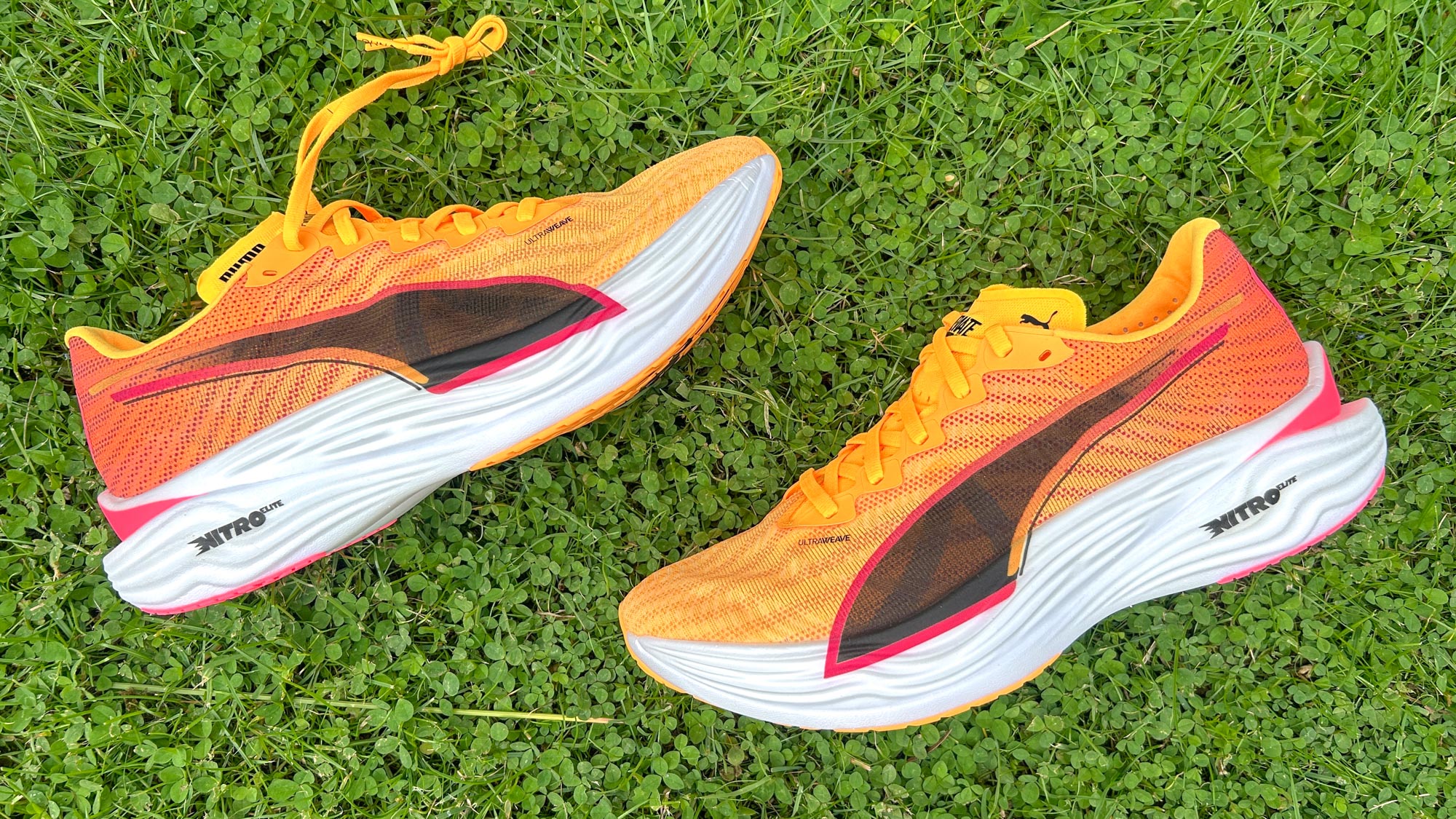
The Puma Deviate Nitro Elite 3 is one of the cheaper carbon plate running shoes available, costing $230 in the US and £195 in the UK. While that is a price rise on the Deviate Nitro Elite 2, it is good value in a market where you usually have to pay over $250 for a top carbon racer.
Puma Deviate Nitro Elite 3 review: design and fit
The Puma Deviate Nitro Elite 3 is currently available in two colors, which are the same for both the men’s and women’s shoes. One is the orange color I tested, and there is a blue shoe available as well.
With the first two versions of the Deviate Nitro Elite, Puma opting against maxing out the stack height to hit the 40mm limit set by World Athletics for legal racing shoes, but the Deviate Nitro Elite 3 does hit that mark at the heel, with a drop of 8mm for a 32mm stack height at the forefoot.
Despite the higher midsole, it’s a lighter shoe than its predecessor at 7.6oz in a US size 10, which is down to the new midsole foam. I found that the Deviate Nitro Elite 3 ran a little long for me, and as someone who is often on the fence between two sizes I would have been better off with the smaller one.
Upper
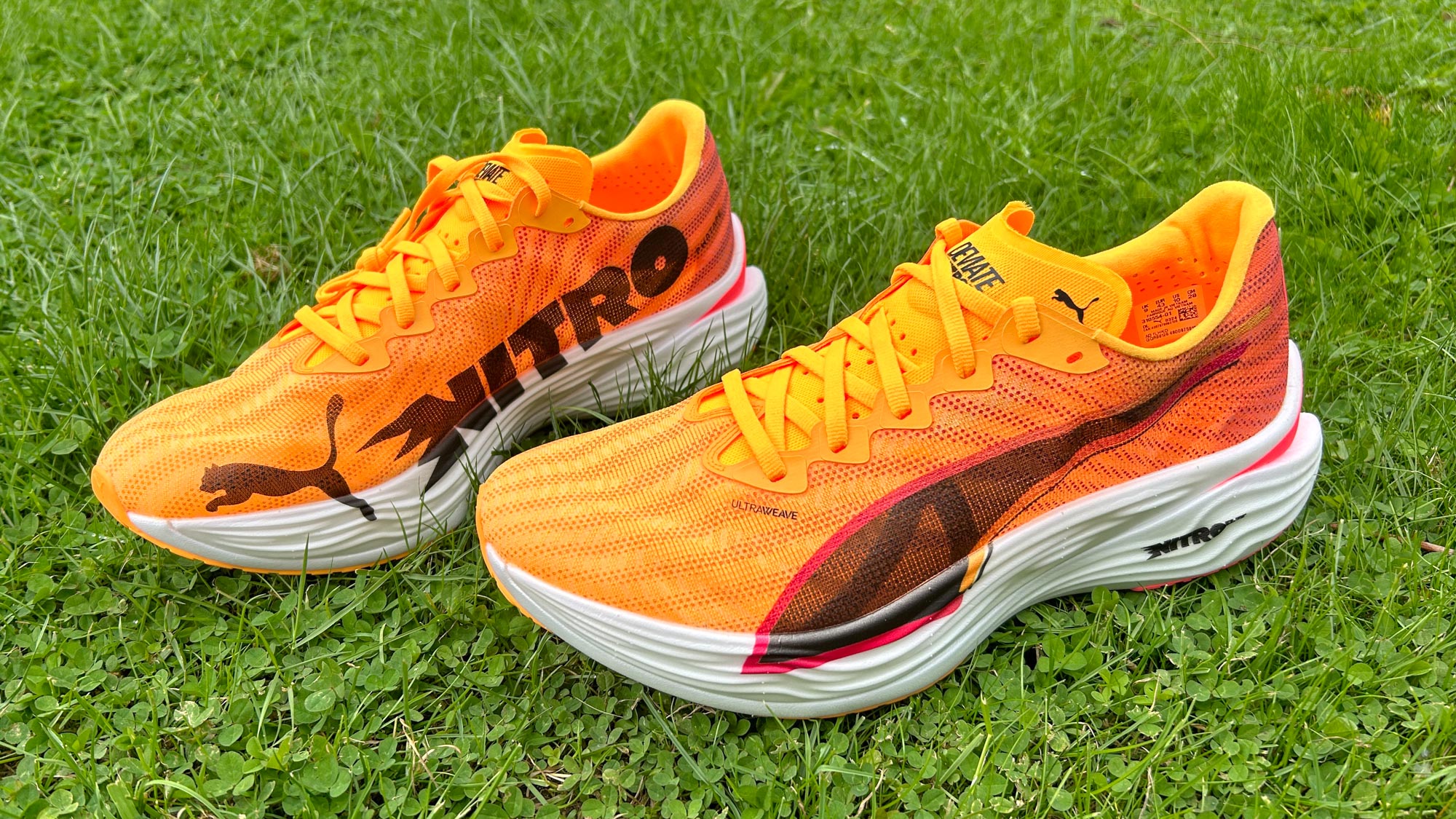
The upper of the shoe is made from Puma’s lightweight Ultraweave fabric, which is quite stiff to the touch but has been breathable and comfortable for me during my testing. Some PWRTAPE sections add more support and there’s a little padding around the collar of the shoe, but for the most part the upper is designed to be as minimal as possible to keep the weight down, while still holding the foot securely when running at speed.
Midsole
Most of the best racing shoes these days use Peba-based foams in the midsole, which Puma did with the previous versions of the Deviate Nitro Elite. However, for the third version, the Nitro Elite foam in its midsole is made from aliphatic TPU, which is meant to deliver more energy return and retain its performance for longer than the Peba-based version of Nitro Elite.
It’s the same foam that was introduced with the Puma Fast-R 2 racing shoe, and it delivers a fast and responsive ride, which is aided by the full length carbon plate that runs through the midsole of the Deviate Nitro Elite 3.
Outsole
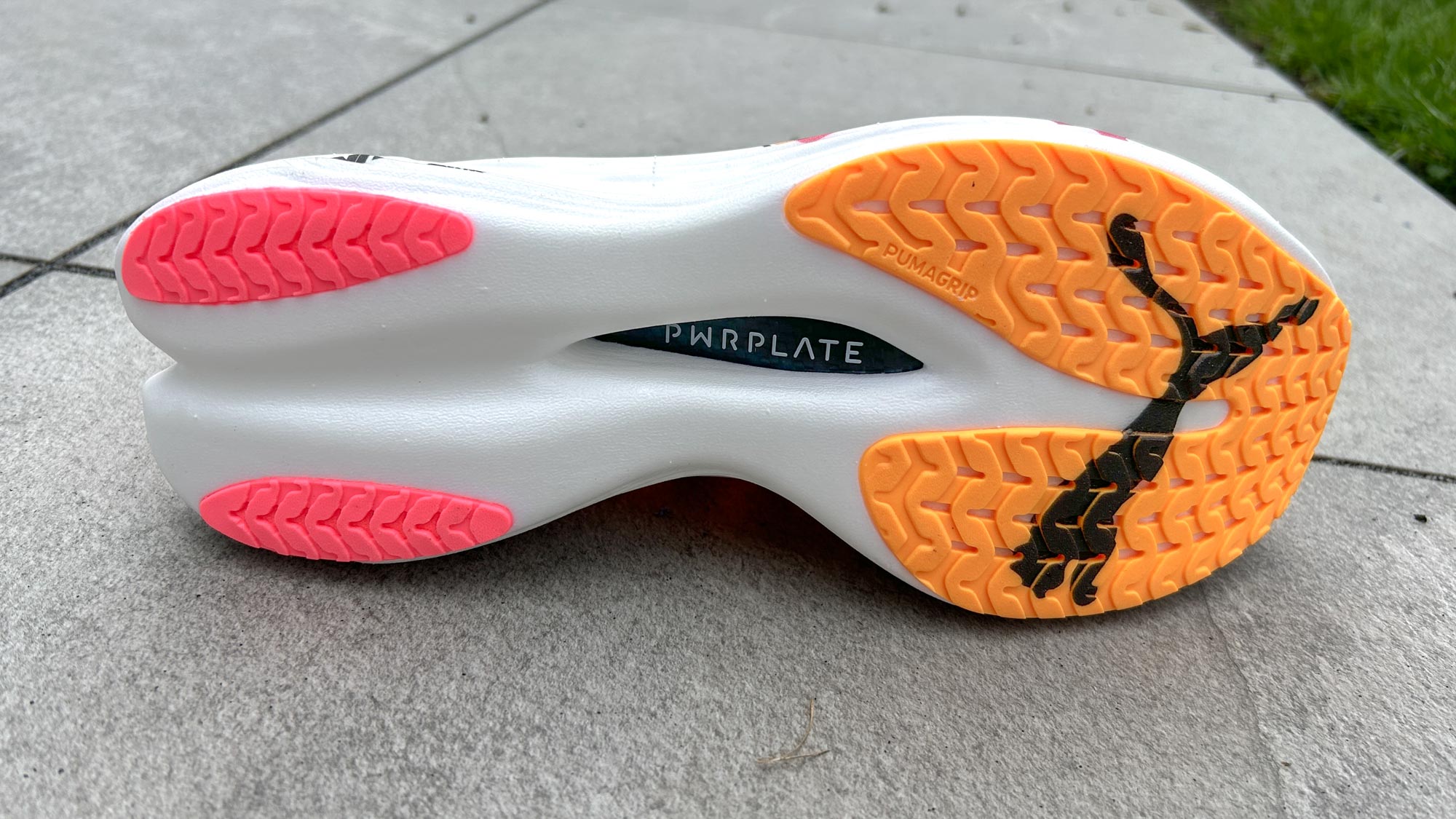
Like most racing shoes the Deviate Nitro Elite 3 does not have a full outsole to reduce weight, but there is rubber covering most of the forefoot of the shoe, plus two strips at the heel. This is PUMAGRIP rubber, which has been an outstanding feature of Puma’s shoes in recent years, delivering reliable grip in the wet while also being durable.
I did a 10K mixed terrain race in the Deviate Nitro Elite 3 and the outsole shone in providing great traction on fast descents on loose gravel, and it also gripped well for me on wet pavements during training.
Puma Deviate Nitro Elite 3 review: running performance
The Puma Deviate Nitro Elite 3 delivers the fast and efficient ride you expect from a top-tier carbon plate racing shoe, and the extra stack height it has compared to past versions of the shoe is telling in providing more bounce and comfort, especially under the forefoot of the shoe.
It’s a strong option for racing at any distance, with the lightweight design making it feel nimble for short reps and races, and the extra foam providing the protection you need for longer runs. My longest run in the shoe was 22km including 10 x 1km reps at 3:20/km pace and my legs felt strong throughout the session.
The aliphatic TPU foam in the midsole impressed me greatly. It’s not as springy as some superfoams, but it’s comfortable and gives a lot back in terms of energy return. It feels very poppy underfoot and the firmness the foam has helps to keep your feet turning over when tiring at the end of races or hard training sessions.
For a super-shoe the Deviate Nitro Elite 3 is also quite stable, though I still wouldn’t recommend it for people who need a stability shoe. The 10K race I did involved stretches on rutted grass, forest trails and gravel along with the road, and I was pleased to be in the Puma over wobblier shoes like the Hoka Cielo X1 or Nike Alphafly 3, which are definitely best kept on the road.
Should you buy the Puma Deviate Nitro Elite 3?

I loved running in the Puma Deviate Nitro Elite 3. It’s an excellent racing shoe and comparable to the best on the market, while also being cheaper than most. It’s hard to find any faults with it, and the fact it still wouldn’t be my first choice racer going forward is more a comment on the strength of other shoes than the Puma itself.
My top pick remains the Asics Metaspeed Sky Paris, which is lighter than the Puma, and I feel delivers a little more bounce, and I also still rate the Nike Alphafly 3 and Nike Vaporfly 3 as a little more impressive thanks to the springy ZoomX foam in their midsoles.
I’d also say that those looking for a very springy ride won’t get that feeling from the Deviate Nitro Elite 3. The Puma Fast-R 2 has a bit more bounce, or the Hoka Cielo X1 would be a good option, but personally I prefer the lighter feel and faster turnover of the Deviate Nitro Elite 3 to those shoes.
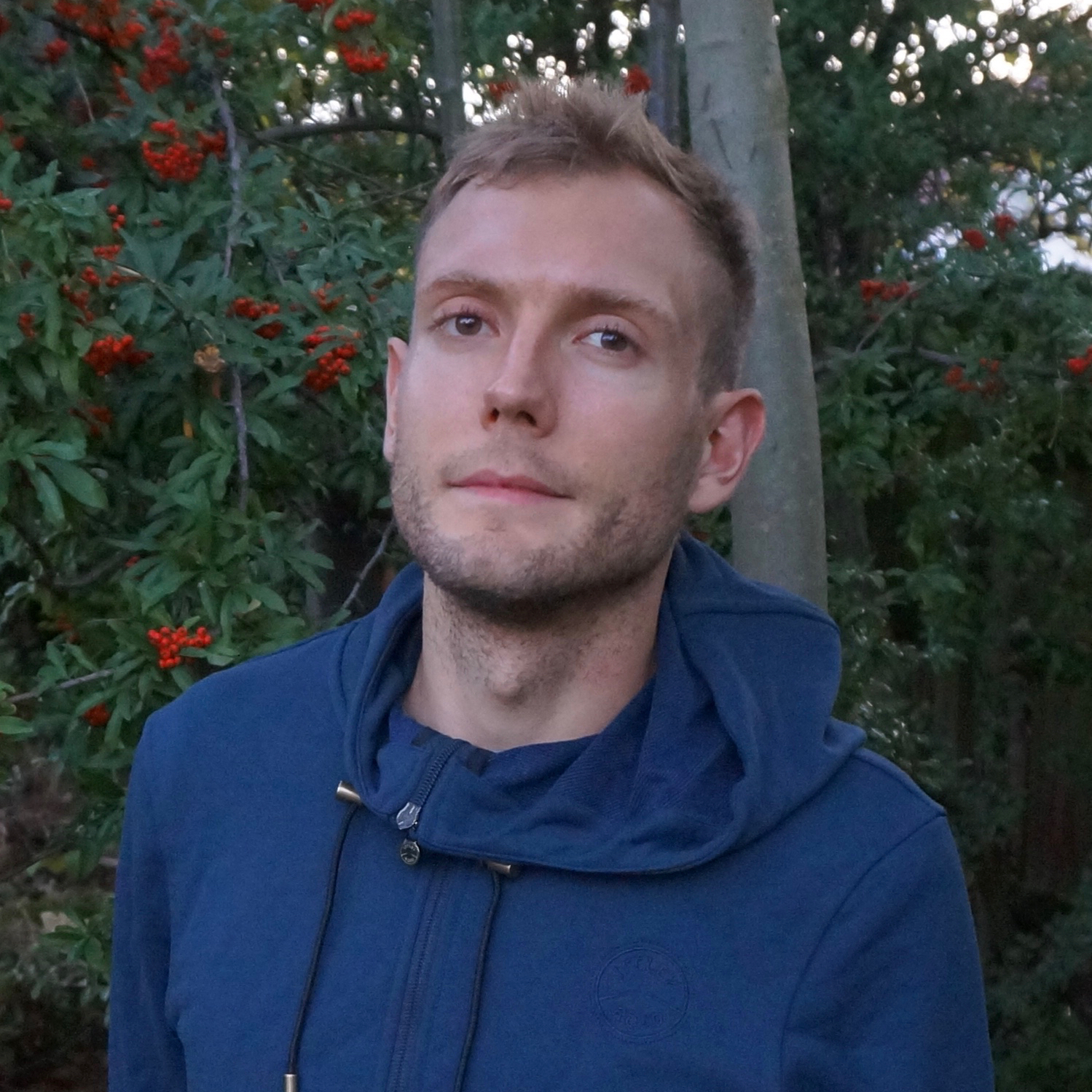
Nick Harris-Fry is an experienced health and fitness journalist, writing professionally since 2012. He spent nine years working on the Coach magazine and website before moving to the fitness team at Tom’s Guide in 2024. Nick is a keen runner and also the founder of YouTube channel The Run Testers, which specialises in reviewing running shoes, watches, headphones and other gear.
Nick ran his first marathon in 2016 after six weeks of training for a magazine feature and subsequently became obsessed with the sport. He now has PBs of 2hr 27min for the marathon and 15min 30sec for 5K, and has run 13 marathons in total, as well as a 50-mile ultramarathon. Nick is also a qualified Run Leader in the UK.
Nick is an established expert in the health and fitness area and along with writing for many publications, including Live Science, Expert Reviews, Wareable, Coach and Get Sweat Go, he has been quoted on The Guardian and The Independent.
